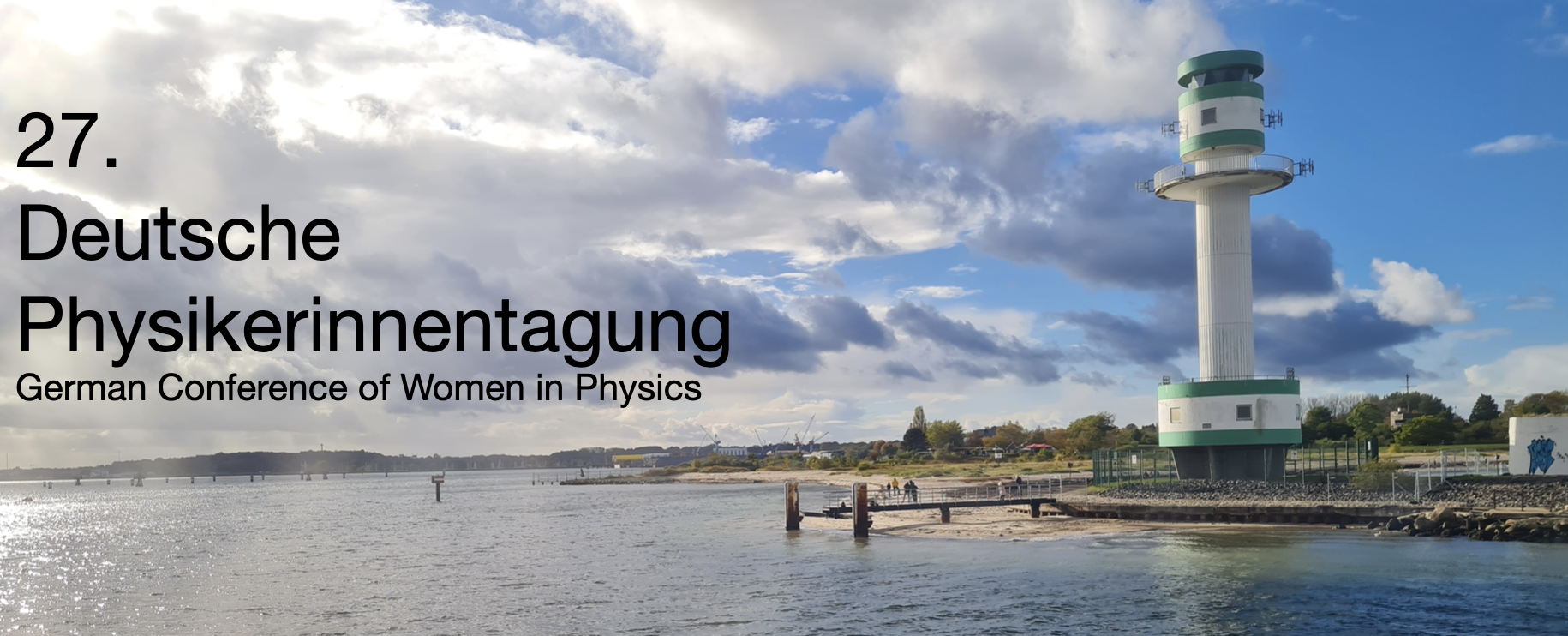Speaker
Description
The Energetic Particle Detector (EPD) onboard ESA’s Solar Orbiter spacecraft was developed and built by the Institute for Experimental and Applied Physics at the CAU Kiel. It includes several sensors designed to measure energetic particles in the heliosphere. Among these, STEP (Suprathermal Electron and Proton Telescope) and EPT (Electron Proton Telescope), both based on silicon solid-state detectors, are key instruments covering partially overlapping energy ranges.
EPT consist of four telescopes, orientated in the sunward, anti-sunward, northward and southward directions. It measures electrons in the energy range of 25 – 475 keV and ions from 25 keV to 6.4 MeV. Due to its wide, non-segmented field of view, EPT assumes an isotropic particle distribution within each telescope’s view cone.
In contrast, STEP, which also points in the sunward direction provides a higher angular resolution of incoming particles through its segmented detector with 15 individual pixels and operates in the lower energy range of 2-80 keV.
Anisotropic behaviors have been observed in STEP data during solar events, highlighting the potential influence of directional particle distribution on measurement interpretation. Since STEP shares the field of view with the sunward-pointing EPT telescope and offers higher angular resolution, it presents a valuable opportunity to examine how EPT’s assumption of isotropy affects its observations.
Solar events often show a clear velocity dispersion, where faster particles arrive before slower ones. This signature will be used to compare STEP and EPT measurements and evaluate how anisotropic distributions influence the interpretation of energetic particle data.

